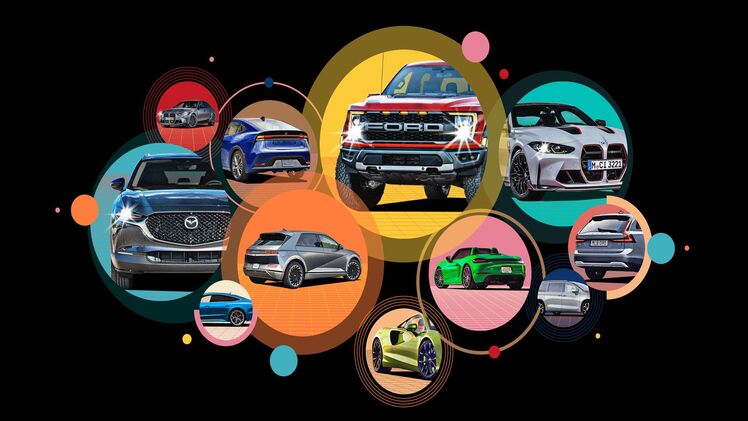Introduction:
The automobile industry, a cornerstone of modern civilization, has undergone dramatic transformations since the inception of the first horseless carriage. As we stand on the cusp of a new era in 2023, the road ahead is marked by innovation, sustainability, and a profound shift in the way we perceive and interact with our vehicles. This comprehensive article explores the current state of the automobile industry, delving into the key trends shaping its landscape and offering a glimpse into the future of transportation.
**1. Electric Revolution:
Arguably the most significant paradigm shift in the automotive industry is the rise of electric vehicles (EVs). In recent years, there has been a noticeable surge in the production and adoption of electric cars, driven by an increasing awareness of environmental concerns and a global push towards sustainable practices.
In 2023, major automakers are heavily invested in the development of EV technology. The advancements in battery technology have addressed concerns related to range anxiety, making electric vehicles more practical for everyday use. Governments worldwide are incentivizing the adoption of EVs through subsidies and policy initiatives aimed at reducing carbon emissions. The electric revolution is not merely a trend; it’s a fundamental transformation in how we power our vehicles and a key driver in the quest for a greener future.
2. Autonomous Driving:
Autonomous driving technology has evolved from a futuristic concept to a tangible reality. In 2023, the automotive industry is witnessing unprecedented advancements in autonomous vehicle capabilities. Advanced driver-assistance systems (ADAS) are becoming increasingly sophisticated, incorporating features like adaptive cruise control, lane-keeping assistance, and automated parking.
Fully autonomous vehicles, once the stuff of science fiction, are undergoing rigorous testing on roads around the world. The integration of artificial intelligence (AI) and machine learning is a driving force behind these developments, promising a future where cars navigate our roads with minimal human intervention. The implications of autonomous driving extend beyond convenience; they include improved road safety, reduced traffic congestion, and enhanced mobility for individuals with limited access to traditional transportation.
3. Connectivity and Smart Features:
The modern automobile is evolving into a connected, intelligent entity. In 2023, cars are equipped with advanced infotainment systems, cloud connectivity, and seamless integration with smartphones. This connectivity extends beyond entertainment to include real-time navigation, vehicle diagnostics, and over-the-air software updates.
Vehicle-to-Everything (V2X) communication is opening new possibilities for enhanced safety and efficiency. Cars can communicate with each other, with smart infrastructure, and with pedestrians, creating an interconnected ecosystem aimed at preventing accidents and optimizing traffic flow. The convergence of automotive and technology industries is redefining the driving experience, turning vehicles into smart, interconnected devices.
4. Sustainable Materials and Design:
Sustainability is no longer confined to the realm of alternative propulsion. In 2023, automakers are placing a significant emphasis on sustainable materials and eco-friendly design practices. The production of vehicles is being reimagined with a focus on reducing environmental impact. Alternative materials such as recycled plastics, organic fabrics, and sustainable composites are gaining prominence, signaling a departure from traditional manufacturing processes.

